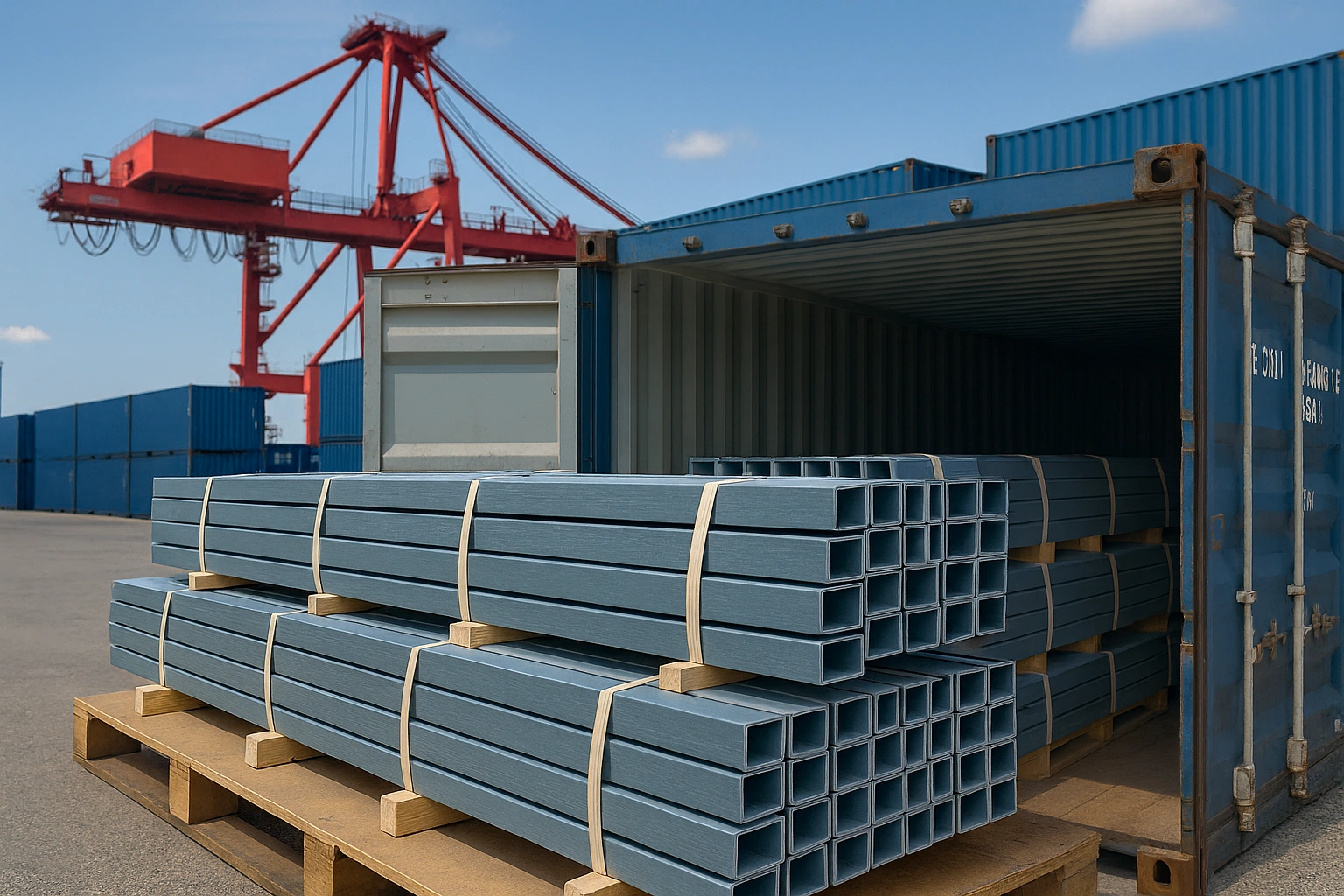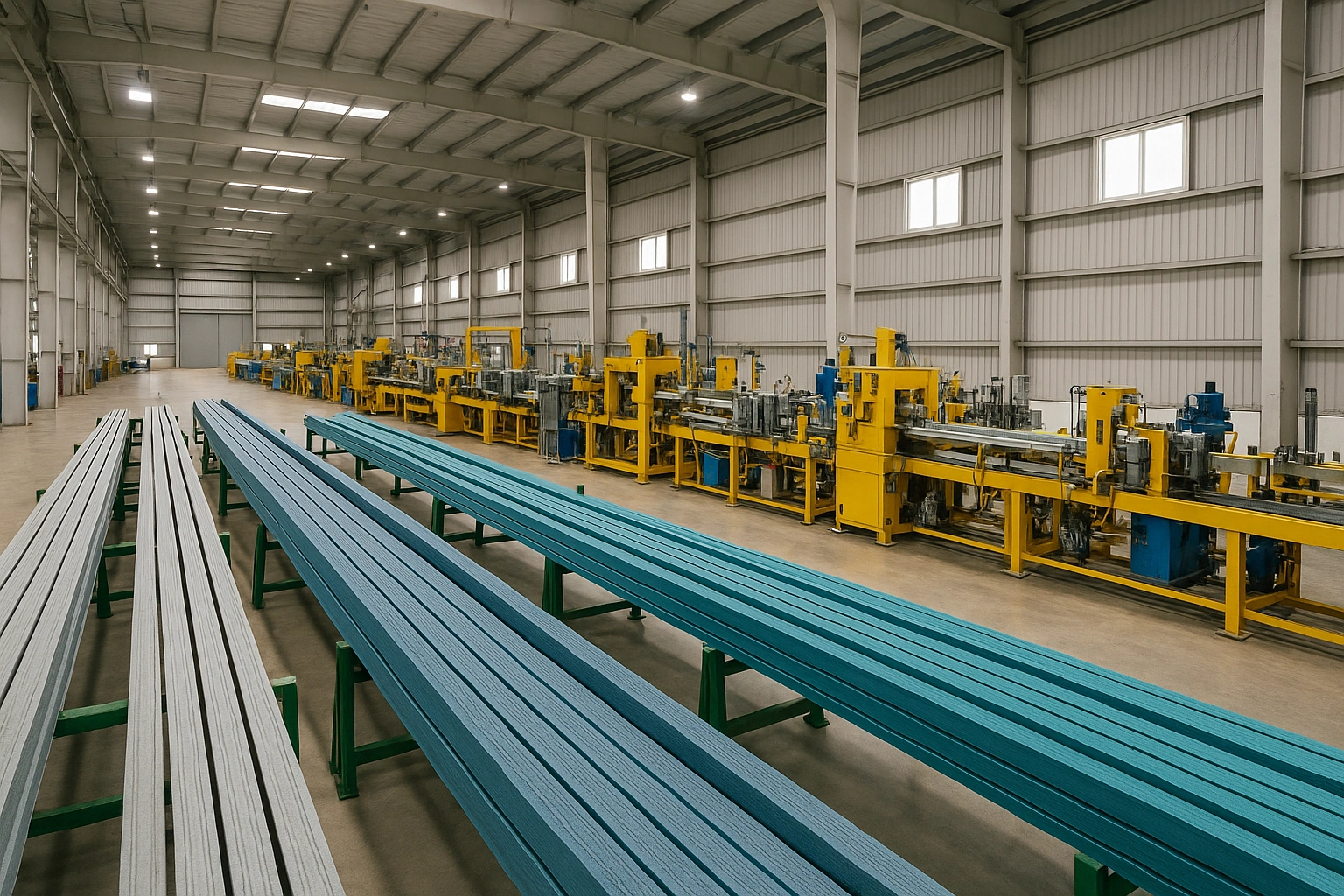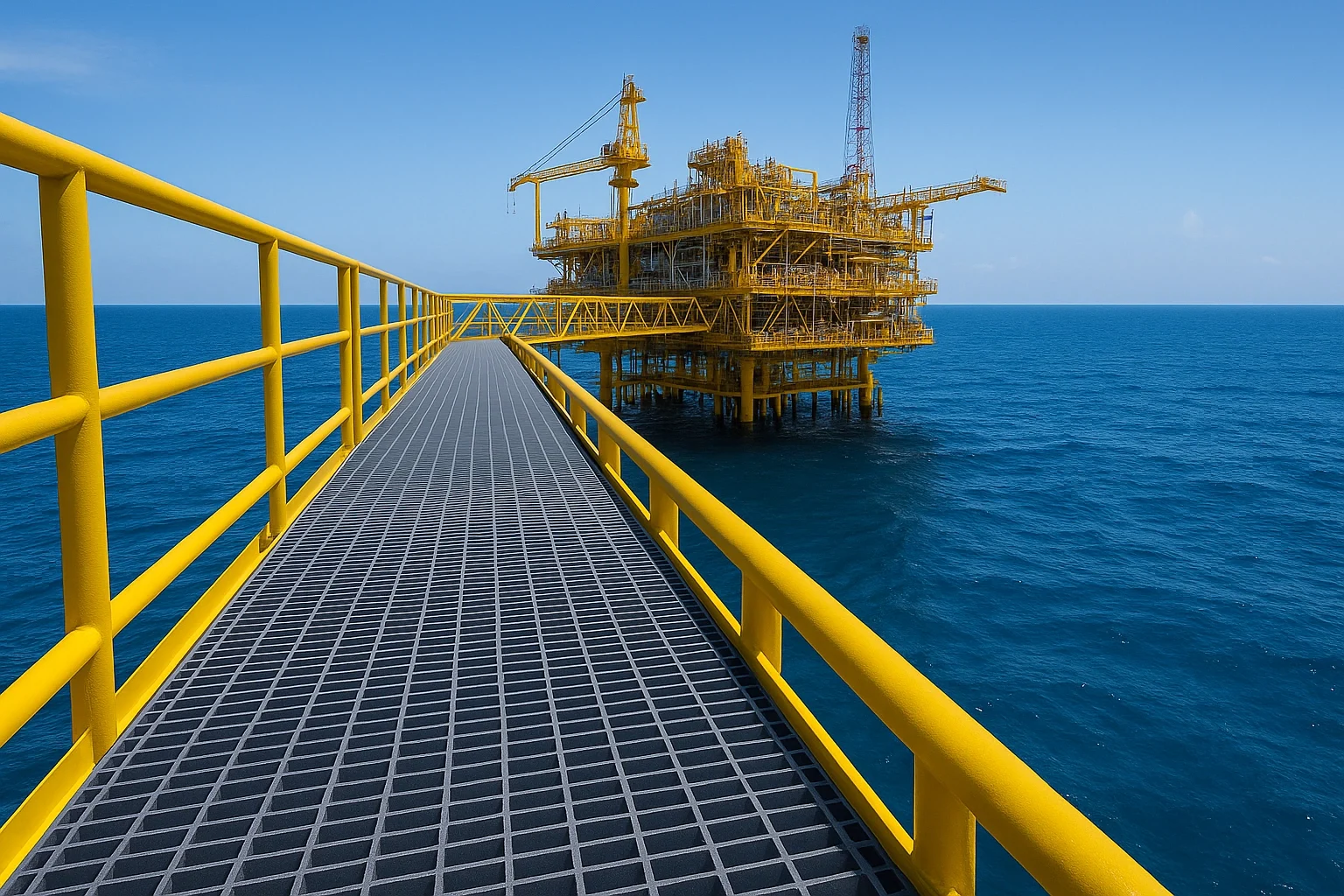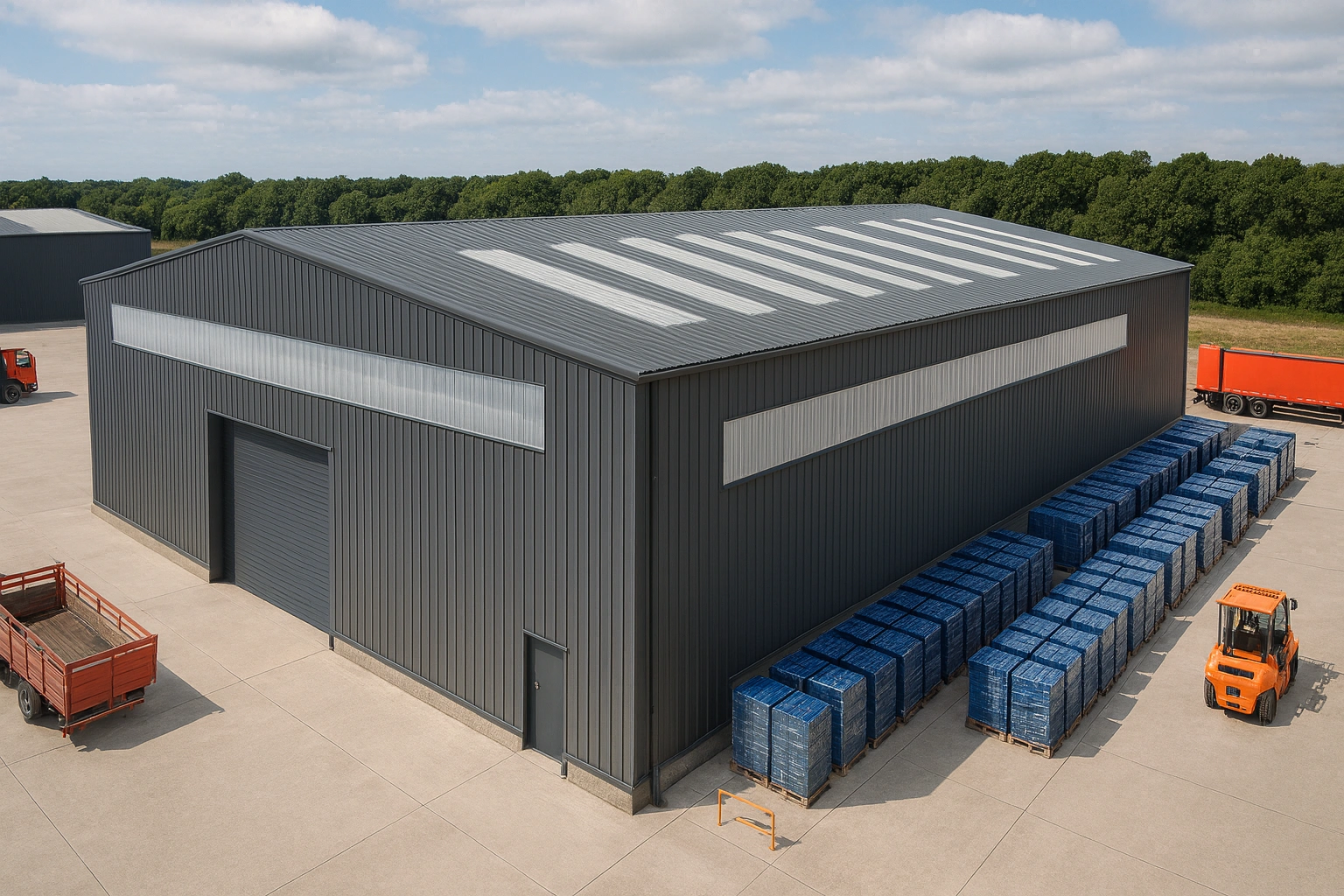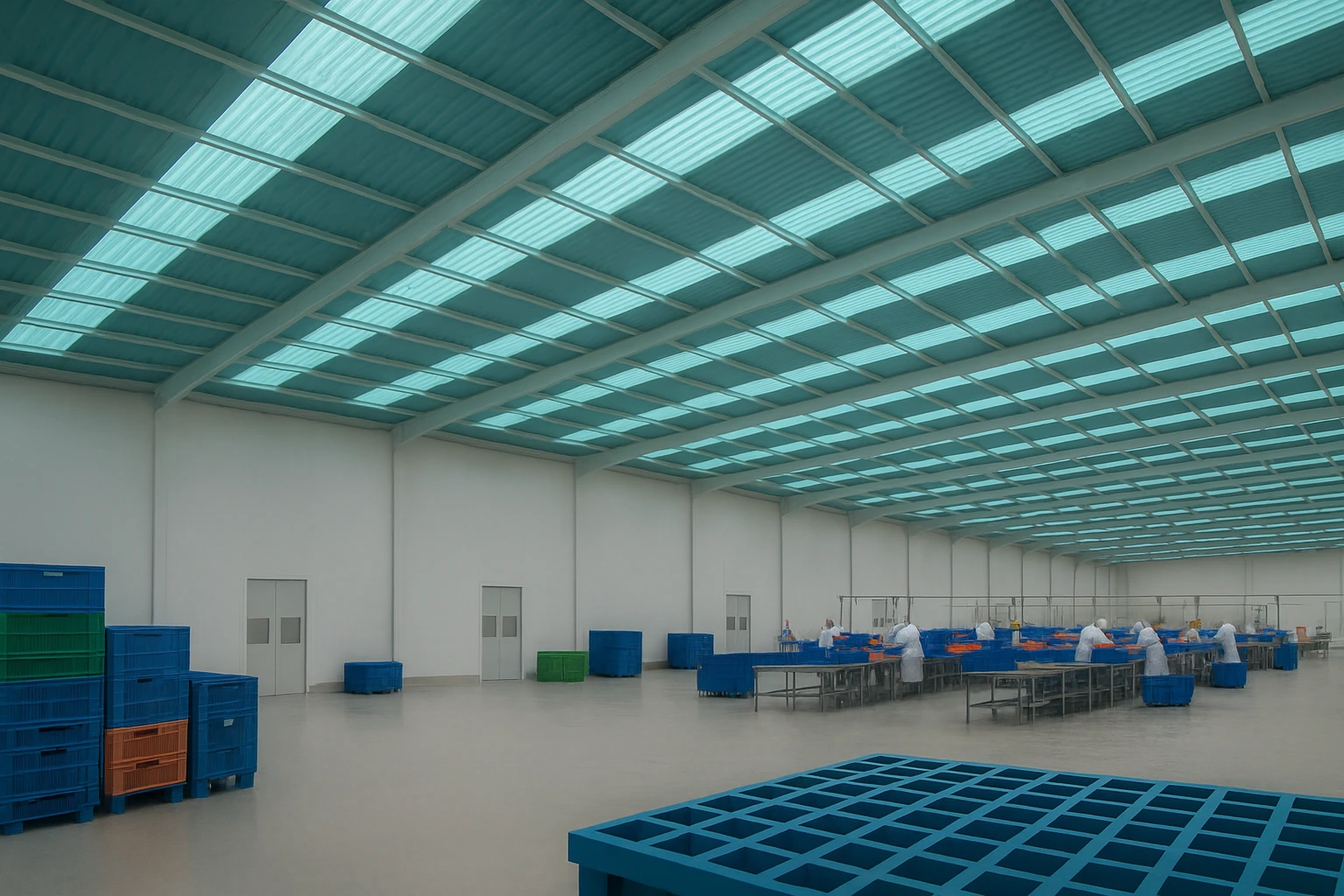Discover why FRP panels are becoming the top choice in modern construction. Known for their lightweight strength, corrosion resistance, and low maintenance, FRP panels are transforming industries from roofing systems to chemical storage. With added benefits like energy efficiency and design flexibility, they offer sustainable solutions for builders. Learn why FRP panels are becoming essential for infrastructure and industrial projects worldwide.
What Makes FRP Panels Special?
FRP panels are composite materials that combine the strength of fiberglass with the flexibility and chemical resistance of plastic resins. This unique blend results in a material that is not only lightweight but also highly durable, non-corrosive, and resistant to extreme weather conditions. These properties make FRP an attractive choice for a wide range of applications, from construction and roofing to industrial storage tanks.
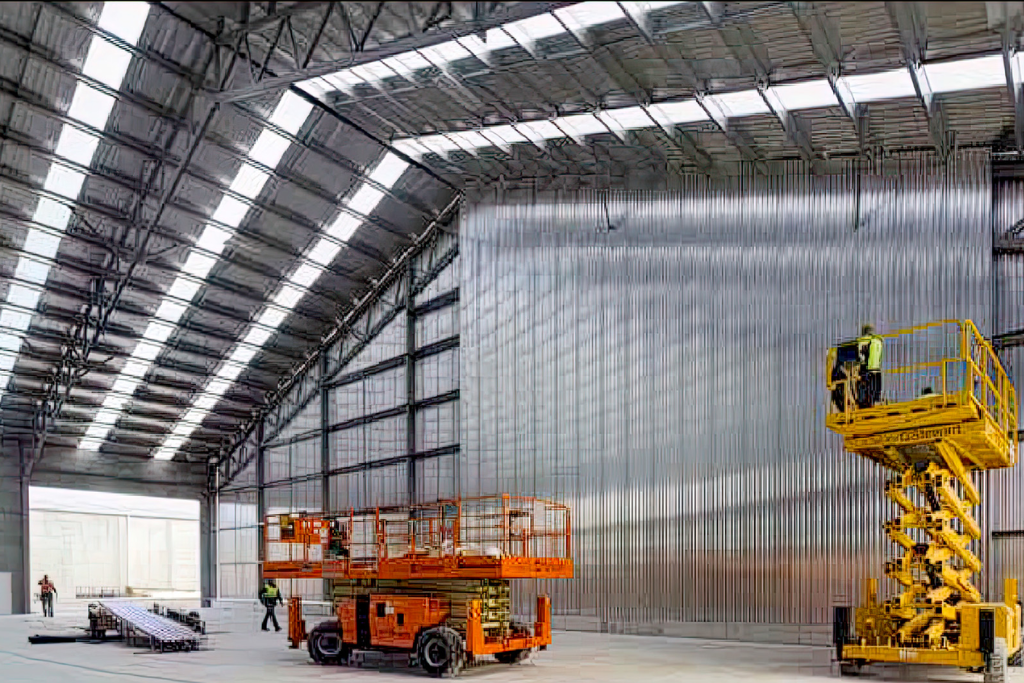
Reasons Behind the Growing Popularity of FRP Panels
1. Superior Corrosion Resistance
One of the primary reasons for the growing adoption of FRP panels is their excellent resistance to corrosion. Unlike metal, FRP does not rust, which makes it ideal for use in coastal environments or chemical industries where corrosion can be a significant problem. FRP panels are widely used in industries requiring chemical storage tanks, wastewater treatment equipment, and marine infrastructure, where traditional materials fail to perform well over time.
This corrosion-resistant property significantly extends the lifespan of FRP products, reducing maintenance costs for building owners and operators. The longevity of FRP roofing sheets, for example, makes them highly suitable for use in industrial zones and agricultural buildings that must withstand harsh environmental conditions.
2. Lightweight and Easy to Handle
FRP panels are lighter than steel and much easier to transport and install. This lightweight nature translates into reduced labor costs and shorter project timelines, as panels can be installed quickly without the need for heavy machinery. This feature is particularly beneficial for roofing projects, where weight considerations are essential to minimize stress on the building structure.
In addition, the ease of handling FRP materials makes them suitable for retrofitting projects. Older buildings that require upgrades or repairs benefit from FRP panels because they can be installed without adding significant load to the existing structure. This advantage makes FRP ideal for use in both new and renovated constructions.
3. Thermal Insulation and Energy Efficiency
FRP panels offer excellent thermal insulation due to their low thermal conductivity, which helps maintain comfortable indoor temperatures. By minimizing heat transfer, FRP panels reduce the need for air conditioning, resulting in energy savings and lower operational costs over time.
This energy efficiency aligns well with the growing trend toward green building practices and sustainable construction, which is gaining traction in many countries, including Vietnam. Builders and developers are increasingly opting for FRP products to meet energy-efficiency goals while also providing a durable and cost-effective solution.
4. Customization and Aesthetic Appeal
The moldability of FRP panels is another reason behind their rising popularity. Unlike rigid materials like concrete or steel, FRP panels can be molded into various shapes, colors, and finishes, making them a versatile option for custom architectural designs. From decorative facades to translucent roofing systems, FRP panels provide a unique blend of aesthetics and functionality, helping architects bring innovative designs to life.
In public spaces, such as stadiums or shopping malls, FRP products offer both visual appeal and practical benefits, such as durability and easy maintenance.
5. Low Maintenance and Long-Term Savings
One of the biggest advantages of FRP panels is their low maintenance requirements. FRP materials resist mold, mildew, and UV radiation, which makes them easy to clean and ensures a long lifespan with minimal repairs. Compared to traditional materials like wood, which can rot, or metal, which rusts, FRP products are far more cost-effective over time.
Industries that rely on FRP tanks and roofing sheets benefit from the reduced downtime and lower repair costs associated with these materials. This is especially relevant in sectors where interruptions to operations can result in significant financial losses.
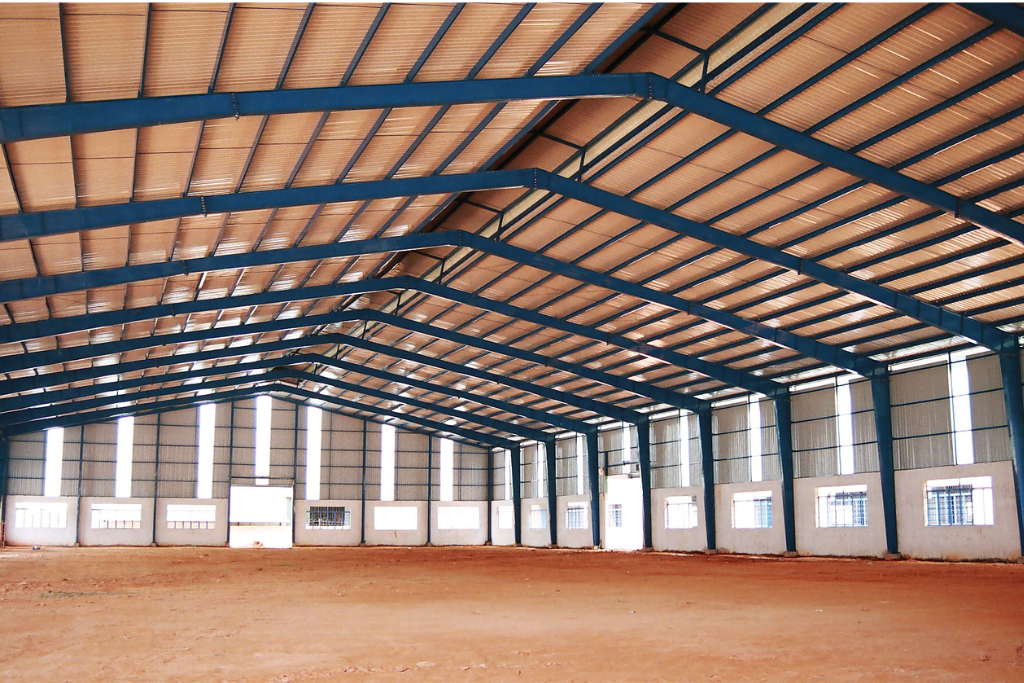
Applications of FRP Panels Across Industries
The versatility of FRP panels makes them suitable for a wide range of applications. Some of the most common uses include:
- Roofing Systems:
FRP roofing sheets are used in factories, warehouses, and public infrastructure due to their durability and lightweight design. - Industrial Storage Tanks:
FRP tanks are ideal for storing chemicals and water, as they resist corrosion and chemical exposure. - Walkways and Grating:
FRP grating provides safe, non-slip surfaces for industrial facilities, enhancing workplace safety. - Architectural Elements:
FRP panels are used to create visually appealing building facades and translucent roofing systems that allow natural light while blocking UV rays.
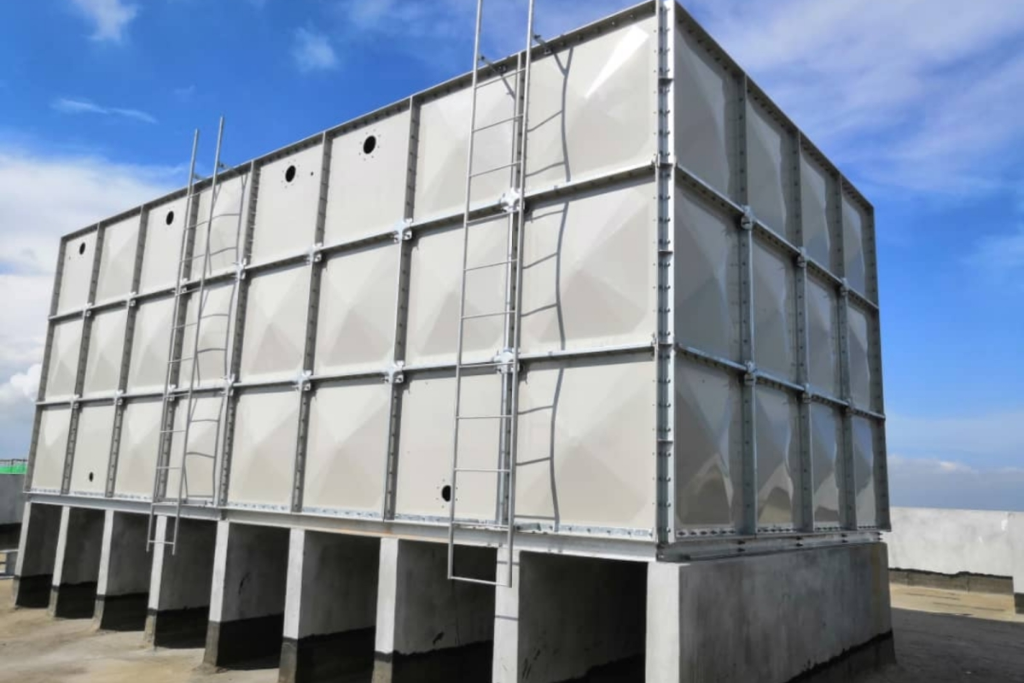
The Future of FRP Panels
The rising popularity of FRP panels is driven by their unique combination of strength, durability, and versatility. As industries seek cost-effective and sustainable solutions, FRP panels are emerging as a superior alternative to traditional building materials. Their corrosion resistance, lightweight nature, and low maintenance requirements make them an ideal choice for projects across various sectors, from roofing systems to industrial storage tanks.
With made-in-Vietnam FRP products gaining traction in the market, local manufacturers are well-positioned to meet the growing demand for innovative composite materials. Whether for domestic use or export, FRP panels are transforming the way we build and maintain infrastructure, providing a glimpse into the future of construction.
If you’re planning a construction or industrial project, consider incorporating FRP panels to benefit from their long-lasting performance, energy efficiency, and design flexibility.

